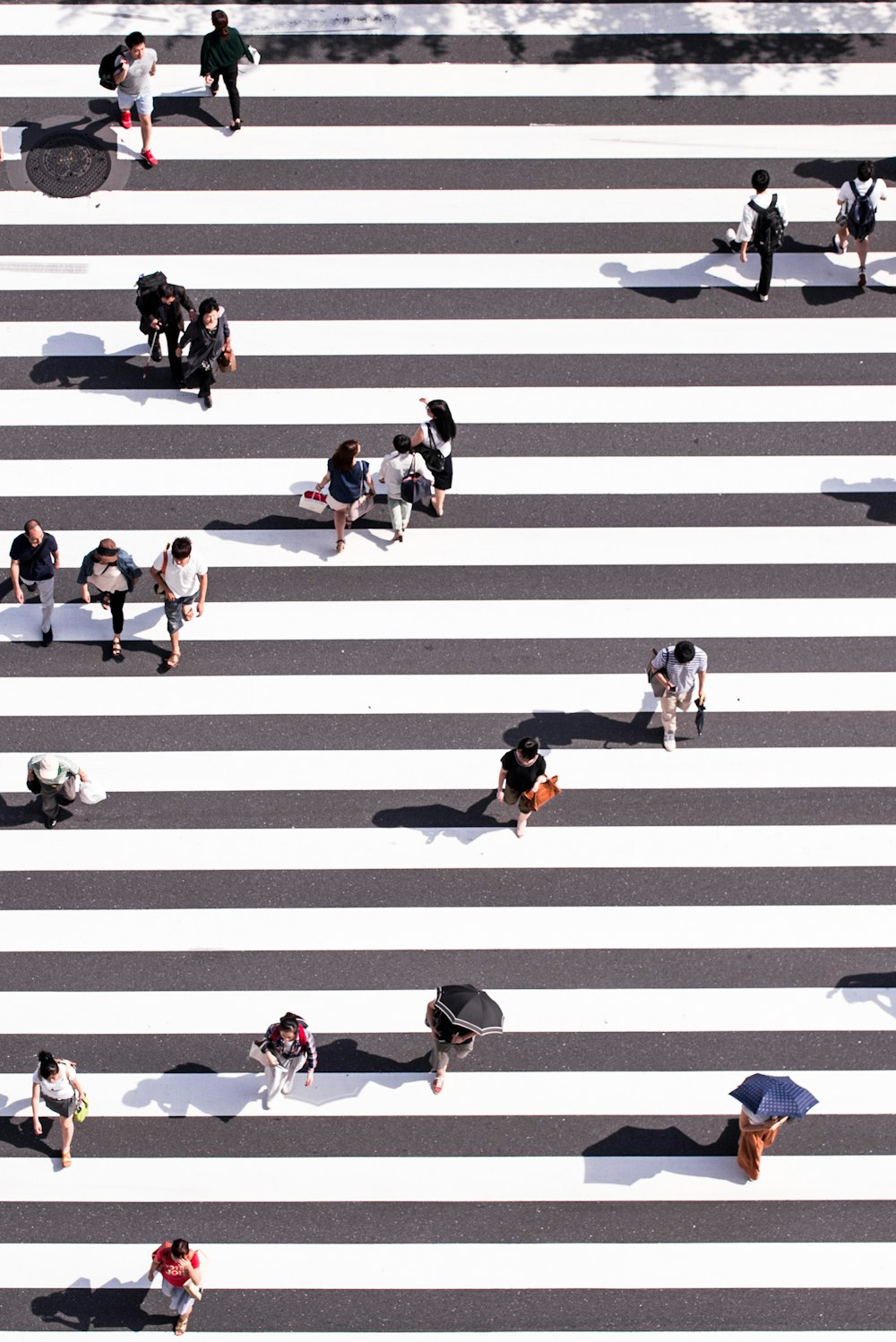Published 21:00 IST, April 18th 2024
Heat stroke manifests through alarming symptoms such as an elevated body temperature headaches, dizziness, nausea, confusion and even unconsciousness.
Advertisement
With summer heat making it unbearable to be outdoors during the afternoons, the threat of heat-related illnesses looms large, particularly the risk of heat stroke, a serious condition that can escalate rapidly and requires urgent attention. Have a look at guidelines, that might help in navigating these burning days with ease.
Protective guidelines for avoiding heatwave ailments
Heat stroke manifests through alarming symptoms such as an elevated body temperature exceeding 104°F (40°C), cessation of sweating despite the heat, a quickened pulse, severe headaches, dizziness, nausea, confusion, or even unconsciousness. Additional signs might include muscle cramps and a noticeable weakness, signalling the body's distress.
Advertisement

To counteract these symptoms and fend off the severe impacts of heat, it's advisable to adopt preventive measures. Paramount among these is maintaining hydration. It's crucial to drink ample water throughout the day, regardless of thirst levels. Beverages high in caffeine and alcohol should be avoided as they can exacerbate dehydration.
Creating a cool refuge remains essential. Staying in air-conditioned spaces or utilizing fans to promote air flow can provide relief. Dressing in lightweight, loose-fitting clothing and seeking shade can also reduce heat exposure. Physical activity should be limited during peak heat times, typically midday to early afternoon. If outdoor exertion is unavoidable, regular breaks in shaded or cool areas are vital.
Advertisement
Additional protective measures include wearing sunscreen, sunglasses, and broad-brimmed hats to shield from direct sunlight. Always look for extra shading options like umbrellas or canopies when spending time outside.
Who are more vulnerable to heatwave?
Vulnerable populations such as children, the elderly, and those with chronic conditions are particularly susceptible to heat-related maladies and should be monitored closely. Crucially, never leave anyone in a parked car, as temperatures can soar to life-threatening levels swiftly.
Advertisement
If heat stroke is suspected, immediate action is necessary. Move the affected individual to a cooler place, loosen tight clothing, and apply cool, damp cloths or ice packs. If the person is conscious, provide small sips of water. However, avoid giving liquids to an unconscious person. Emergency medical help should be sought immediately for anyone exhibiting signs of heat stroke, as this condition can swiftly become fatal without prompt and effective intervention.
21:00 IST, April 18th 2024